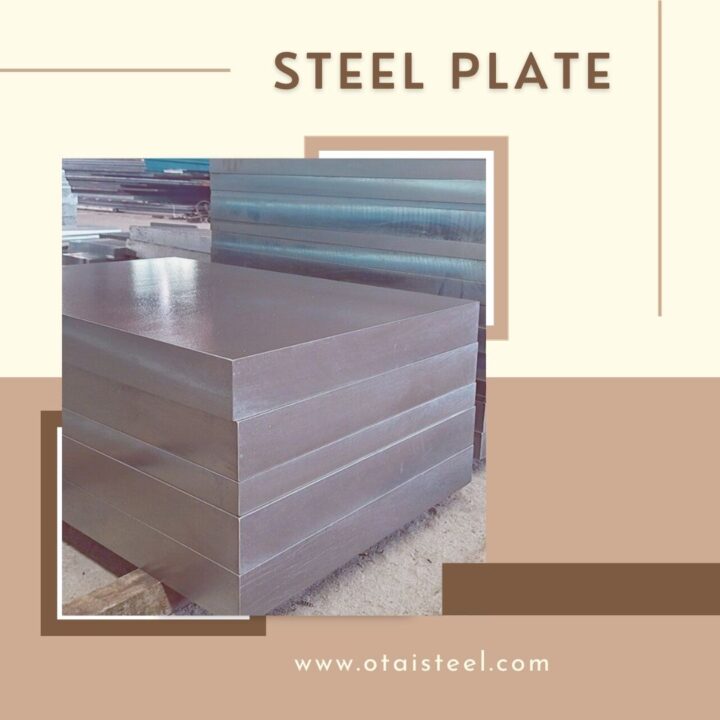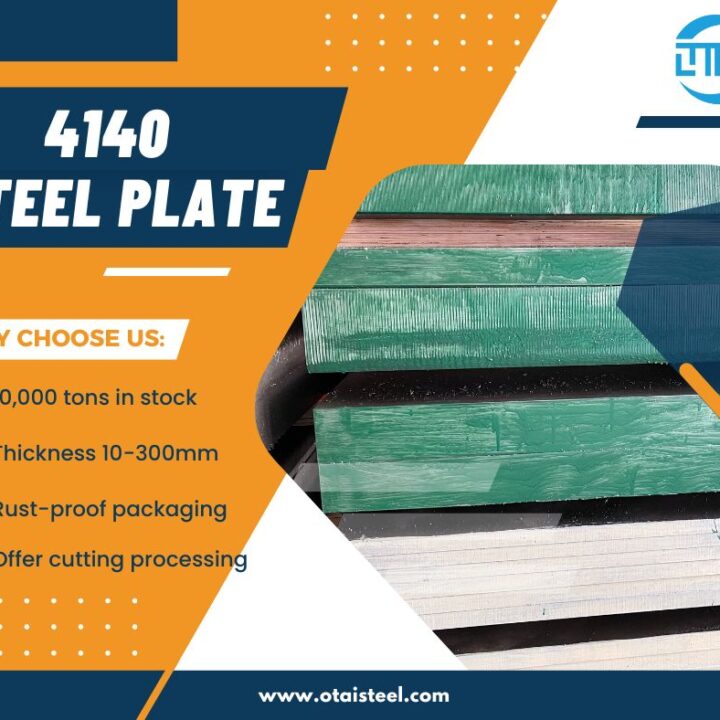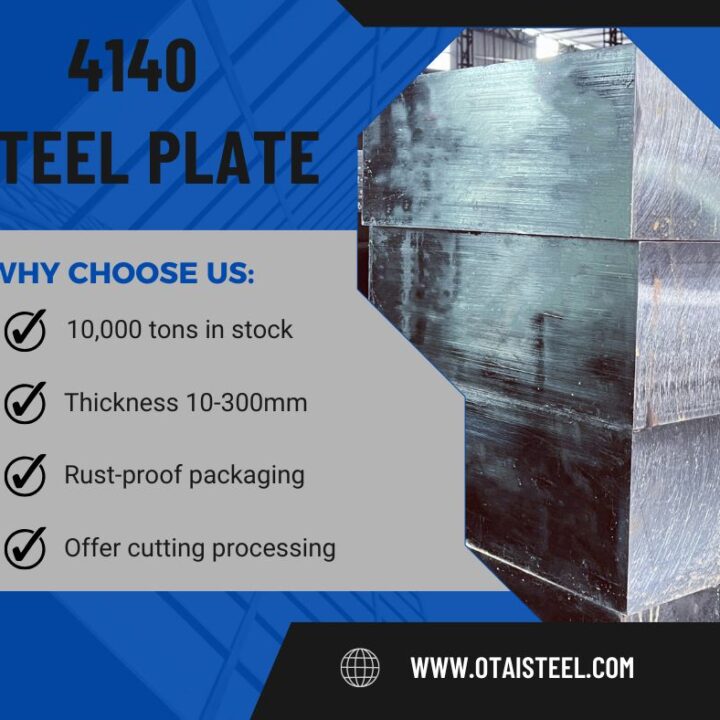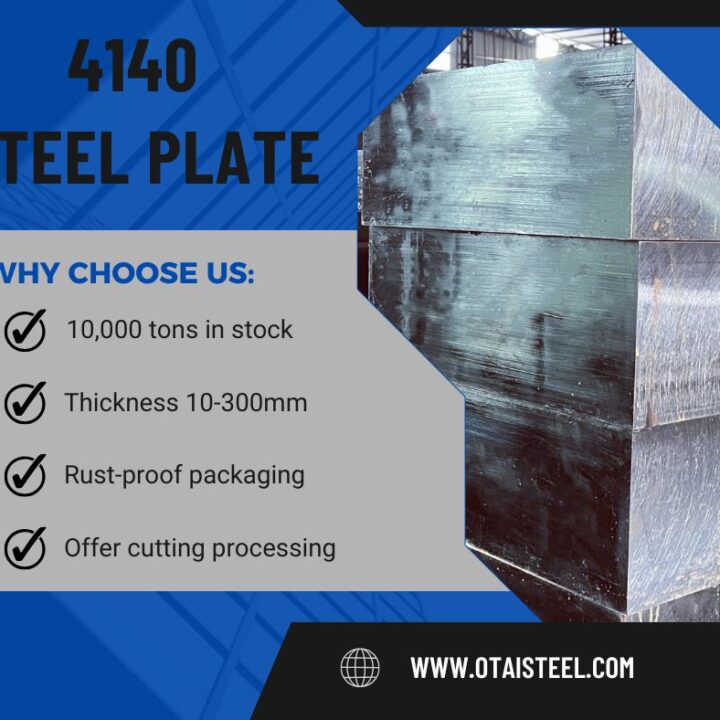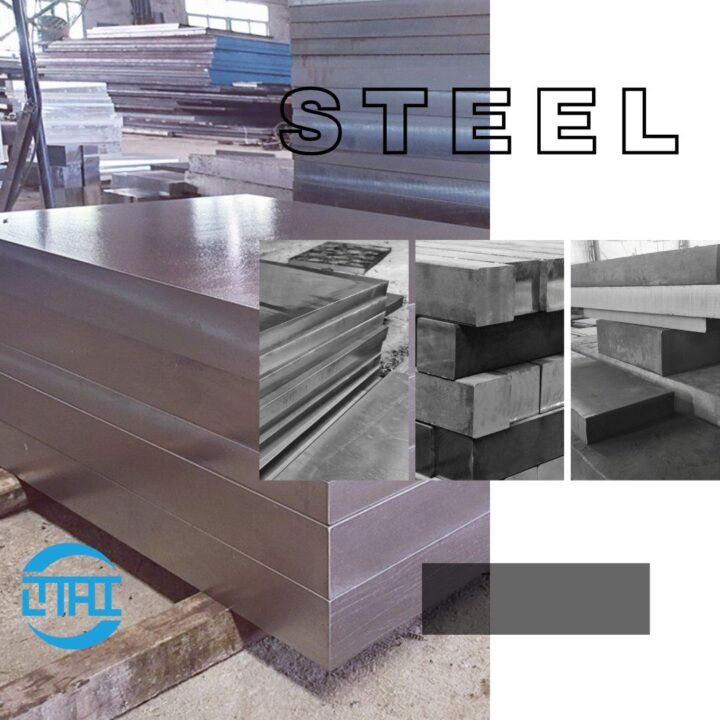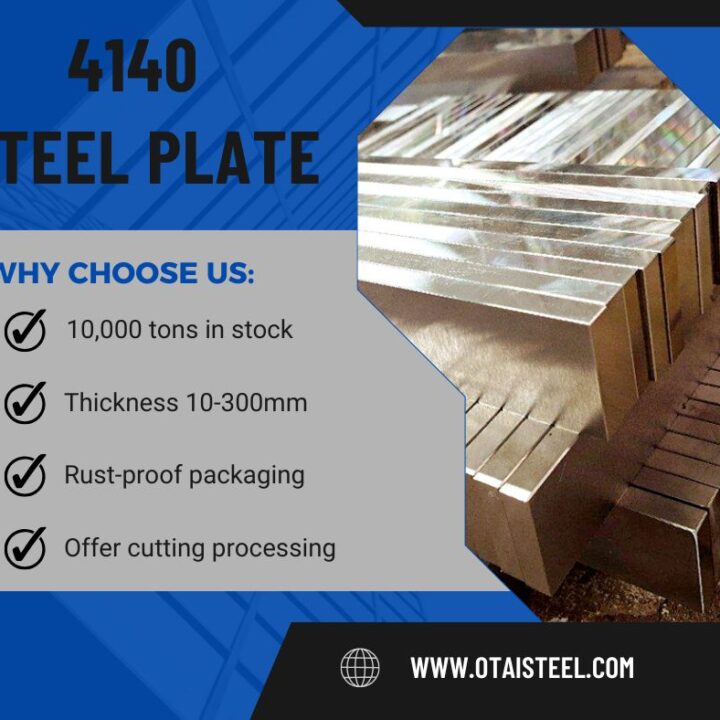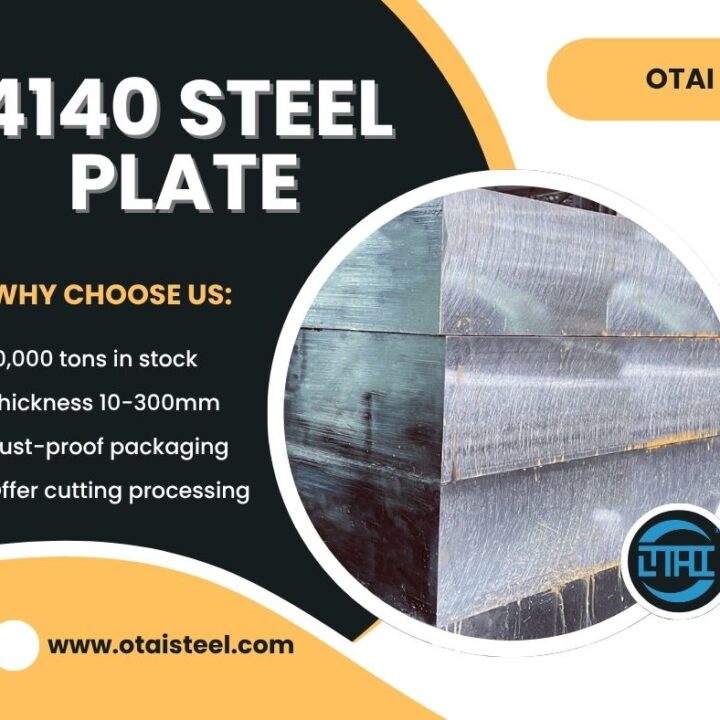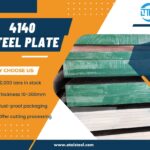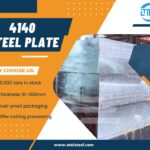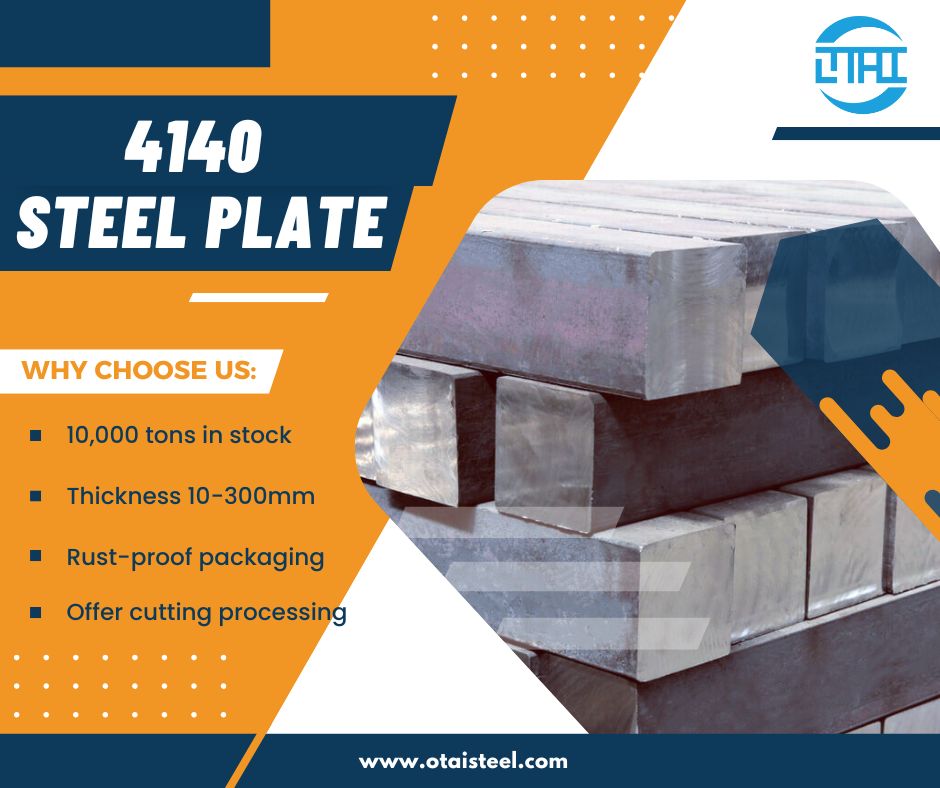 Thermal Expansion of 4140 Steel: Why It Matters in Precision Applications
Thermal Expansion of 4140 Steel: Why It Matters in Precision Applications
When designing parts exposed to temperature changes, knowing the thermal expansion of 4140 steel isn’t just a nice-to-have—it’s essential. Whether you’re engineering shafts, dies, or structural components, understanding how much 4140 steel expands or contracts with heat can make or break your project. 📏💥
In this article, we’ll explore the thermal behavior of this versatile alloy steel, provide real data, and offer practical advice on choosing or designing components with expansion in mind.
📌 What Is the Thermal Expansion of 4140 Steel?
4140 is a chromium-molybdenum alloy steel with great strength and toughness. But like all materials, it expands when heated. The coefficient of thermal expansion for 4140 steel typically falls around:
| Temperature Range (°C) | Coefficient of Linear Expansion (µm/m·°C) |
|---|---|
| 20 – 100 | 12.3 |
| 20 – 200 | 12.7 |
| 20 – 300 | 13.0 |
| 20 – 400 | 13.4 |
| 20 – 500 | 13.6 |
This means for every meter of 4140 steel, it expands about 13.6 micrometers per degree Celsius between 20°C and 500°C. Small in scale—but huge in impact if you’re machining precision parts.
🔍 Why Thermal Expansion Matters
Changes in dimension due to heat can affect:
-
🔩 Fit tolerance between components
-
🧱 Structural stability under load
-
⚙️ Performance of rotating parts
-
🛠️ Predictability during heat treatment of 4140 steel
For example, in applications like press-fit assemblies, using 4140 steel in high temperature environments requires compensating for expansion to avoid binding or loosening.
🧪 How 4140 Compares to Other Steels
Let’s take a quick look at how 4140 stacks up against other commonly used materials:
| Material | Thermal Expansion (µm/m·°C) |
|---|---|
| 4140 Steel | ~13.0 |
| 1018 Mild Steel | ~12.5 |
| Stainless 304 | ~17.3 |
| Aluminum 6061 | ~23.6 |
| Cast Iron | ~10.8 |
As you can see, 4140 steel expands less than stainless steel or aluminum, which makes it favorable in moderate-heat precision applications.
🛠️ Practical Tips for Working with Thermal Expansion
Here are some real-world considerations when dealing with thermal expansion in 4140 steel:
-
✅ Leave a slight tolerance gap in assemblies exposed to heat cycling.
-
✅ When machining 4140 steel for hot applications, measure dimensions at operating temperature.
-
✅ Use stress relieving on 4140 steel after welding to reduce expansion-induced warping.
-
✅ Avoid designs with rigid constraints that don’t allow room for movement.
🧯 Is Thermal Expansion a Problem in Welding?
Absolutely—preheat for welding 4140 steel is essential to control heat input and expansion. If not preheated properly, differential expansion can lead to:
-
Cracking
-
Distortion
-
Weak weld joints
Use controlled welding techniques and follow post-weld heat treatment protocols.
🧩 Common Use Cases Where Expansion Matters
Let’s break down some real applications where 4140 steel’s expansion characteristics are crucial:
| Application Area | Consideration for Thermal Expansion |
|---|---|
| Hydraulic cylinder rods | Dimensional stability during heating |
| Aerospace brackets | Low to moderate expansion preferred |
| Dies and forming tools | Heat cycling tolerance needed |
| Mold bases and supports | Must stay dimensionally consistent |
These use cases demonstrate why engineers often ask: “Is 4140 steel hot or cold rolled?”—because rolling condition also impacts dimensional consistency during temperature fluctuations.
💡 Summary of Key Expansion Facts
-
📐 Expansion coefficient ~13 µm/m·°C (moderate)
-
🔧 Good for medium-temp applications requiring strength + stability
-
🧪 Must be considered in welding, machining, and design
-
✅ Less expansion than aluminum or stainless steel
🏢 Company Advantages – Why Choose Otai for 4140 Steel?
At Otai Special Steel, we’re more than just a supplier—we’re your material solutions partner. Here’s what makes us stand out:
-
📦 Large Inventory: Over 10,000 tons of 4140 alloy steel in stock, including plates, bars, and 4140 steel pipe.
-
🔍 Quality Control: We offer ultrasonic testing, third-party inspections, and full material traceability.
-
🛠️ Value-Added Services: Precise cutting, heat treatment (including normalizing of 4140 steel), and custom machining.
-
🌍 Trusted by Global Clients: Including names like Thyssenkrupp, Borealis, and Schlumberger.
Need expert advice on thermal behavior or specs? Contact us for a free consultation or quote!
📧 Contact us: jack@otaisteel.com
📱 WhatsApp: +8676923190193
❓ FAQ – Frequently Asked Questions
Q1: What is the thermal expansion of 4140 steel per inch?
A: It’s roughly 7.2 x 10⁻⁶ in/in·°F—or about 13 µm/m·°C in metric.
Q2: Does heat treatment affect thermal expansion?
Yes, especially quenching and tempering of 4140 steel, which can subtly affect microstructure and expansion rate.
Q3: Is thermal expansion a problem in CNC machining?
If machining 4140 steel at elevated temps, you need to account for size shifts to maintain tolerance.
Q4: How does 4140 compare with EN19 in expansion?
Both are similar (EN19 is often considered the 4140 steel equivalent in Europe), with nearly identical expansion behavior.
Q5: Can I use 4140 steel for high-temperature applications?
Yes, within limits—its moderate expansion and good strength make it suitable for parts up to 500°C with proper design.
